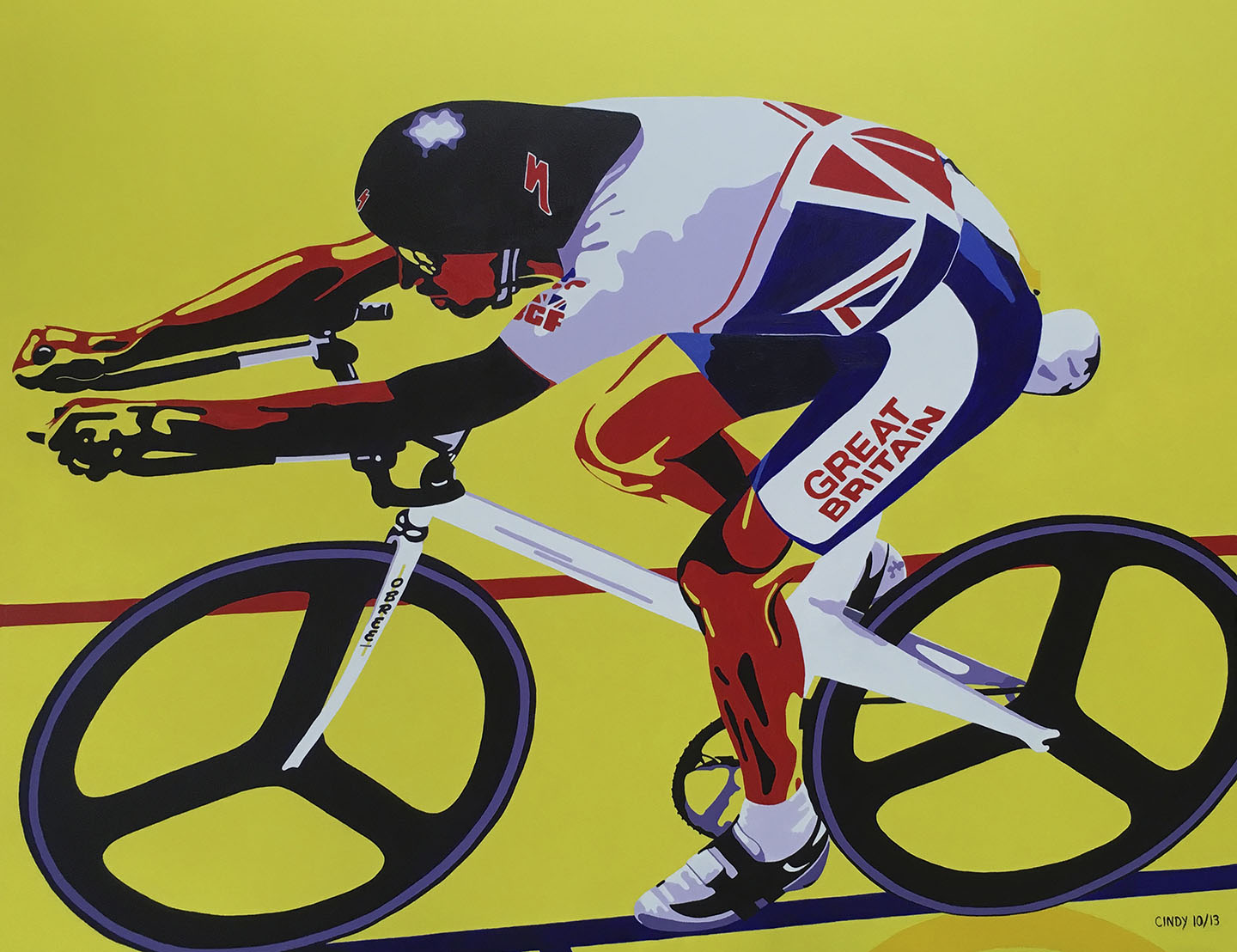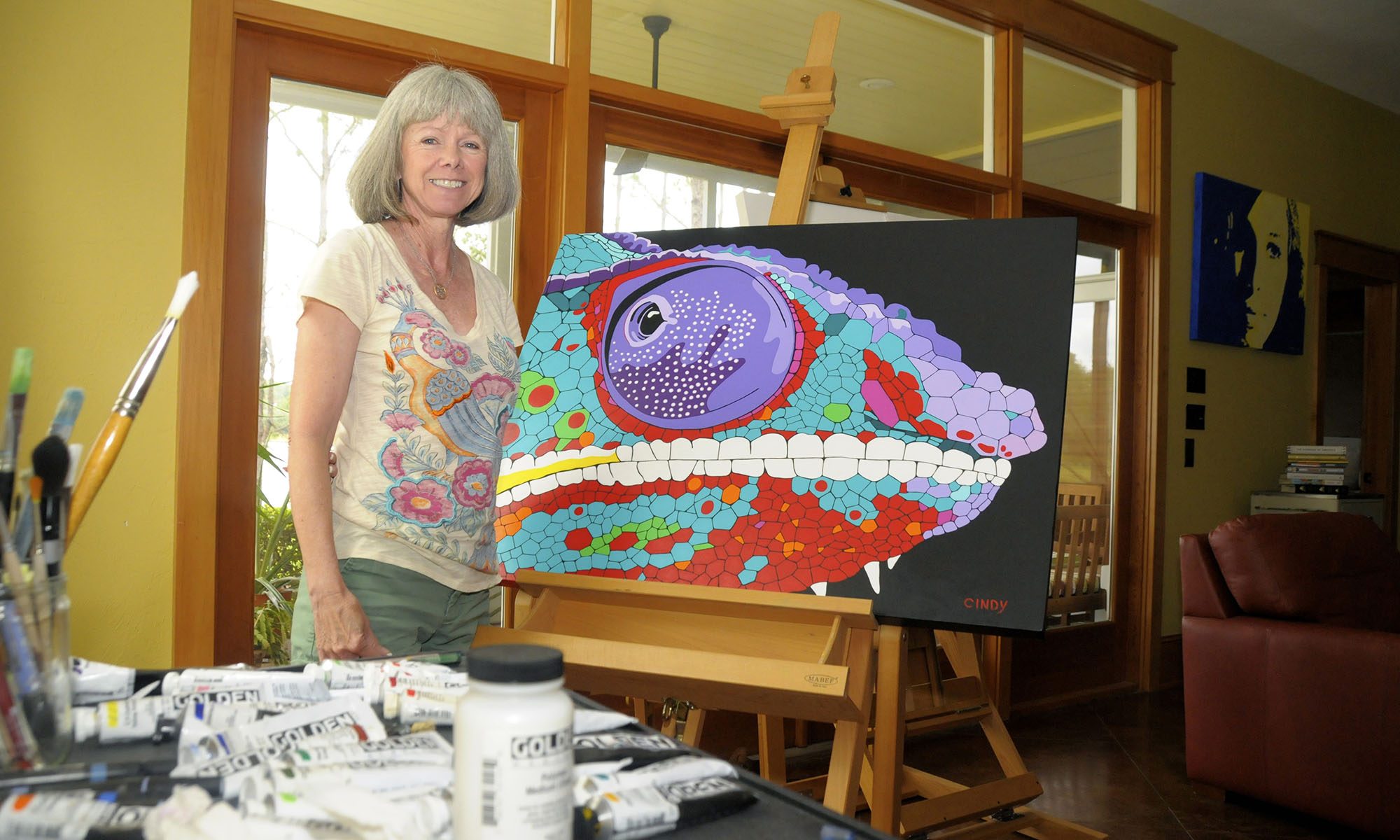A physician’s traumatic brain injury ends her career as a doctor but not as a healer.
Cindy LaRoe ’92 laughs as she recalls a moment during her first week at the University of Florida. A chemistry professor was concerned that she, being a community college transfer student, wouldn’t be prepared for the rigors of his course. Take a remedial chem course first, he suggested.
LaRoe aced his class.
What the well-intentioned professor didn’t know was that LaRoe was highly motivated, in her mid-30s, married, and the mother of two young children. But more importantly, her arrival at UF was prompted by a late-in-life decision to become a doctor for personal reasons.
LaRoe’s firstborn, Zachary, had been diagnosed with cri du chat syndrome, a rare chromosomal abnormality that causes developmental disabilities. She wanted to know the science behind what had caused his condition.
“Having Zach with a chromosomal abnormality, I found my genetics class enlightening,” she says.“It was my favorite class at UF. Just the fact that it explained a lot: genetics and mutations and how they occur.”
LaRoe went on to graduate with honors in zoology and earn a medical degree at the University of South Florida, followed by a surgical internship and an internal medicine residency in Gainesville.
At age 44, LaRoe began her medical career as an internist in Eustis, Fla., where she and her husband, Ken LaRoe JD’92, had grown up. Ken, a banking executive, had taken care of the kids with help from family while Cindy completed medical school and her hospital residency.
A few years into her new life, LaRoe answered an inner call to compete — both as a runner and cyclist. And so she did, claiming victories and setting records as a master class (female, age 50–54) cyclist.
In February 2011, LaRoe entered a regional cycling race she considered a tune-up. That day remains a blur to her, but the long-term effects of the crash she endured are crystal clear. Hospitalized, she was treated for a broken clavicle, frozen shoulder, and four broken ribs. Only later, while home recovering, did she notice the effects of a head injury — spells of blurred visions and memory lapses, the struggle to concentrate and focus. LaRoe had sustained a traumatic brain injury (TBI). The diagnosis ended her careers as doctor and athlete.
“I could no longer practice medicine,” she says. “It is very painful to have to give up something you love doing.”
 Cyclists still inspire LaRoe even though she no longer competes.
Cyclists still inspire LaRoe even though she no longer competes.“I may not be able to practice medicine anymore, but I still want to help people heal.”
But LaRoe didn’t give up on herself or her dedication to helping people through medicine. She took up painting as therapy. It helped her focus and reduced pressure on her head. Out of her bold acrylic-on-canvas paintings came an idea to marry art and medicine as the impetus for a philanthropy that would benefit TBI research.
The Art of Medicine Foundation was born, with the bank her husband founded, First GREEN Bank, as the main sponsor of its fundraising galas. The event features artworks by physicians, including LaRoe, that are auctioned to raise money for TBI research and treatment. AoM’s inaugural event, in 2015, raised nearly $170,000. This year, the gala returns to Orlando on Oct. 20 to raise money for UF’s Trauma, Concussion, and Sports Neurology program.
“I may not be able to practice medicine anymore,” LaRoe says, “but I still want to help people heal.”
